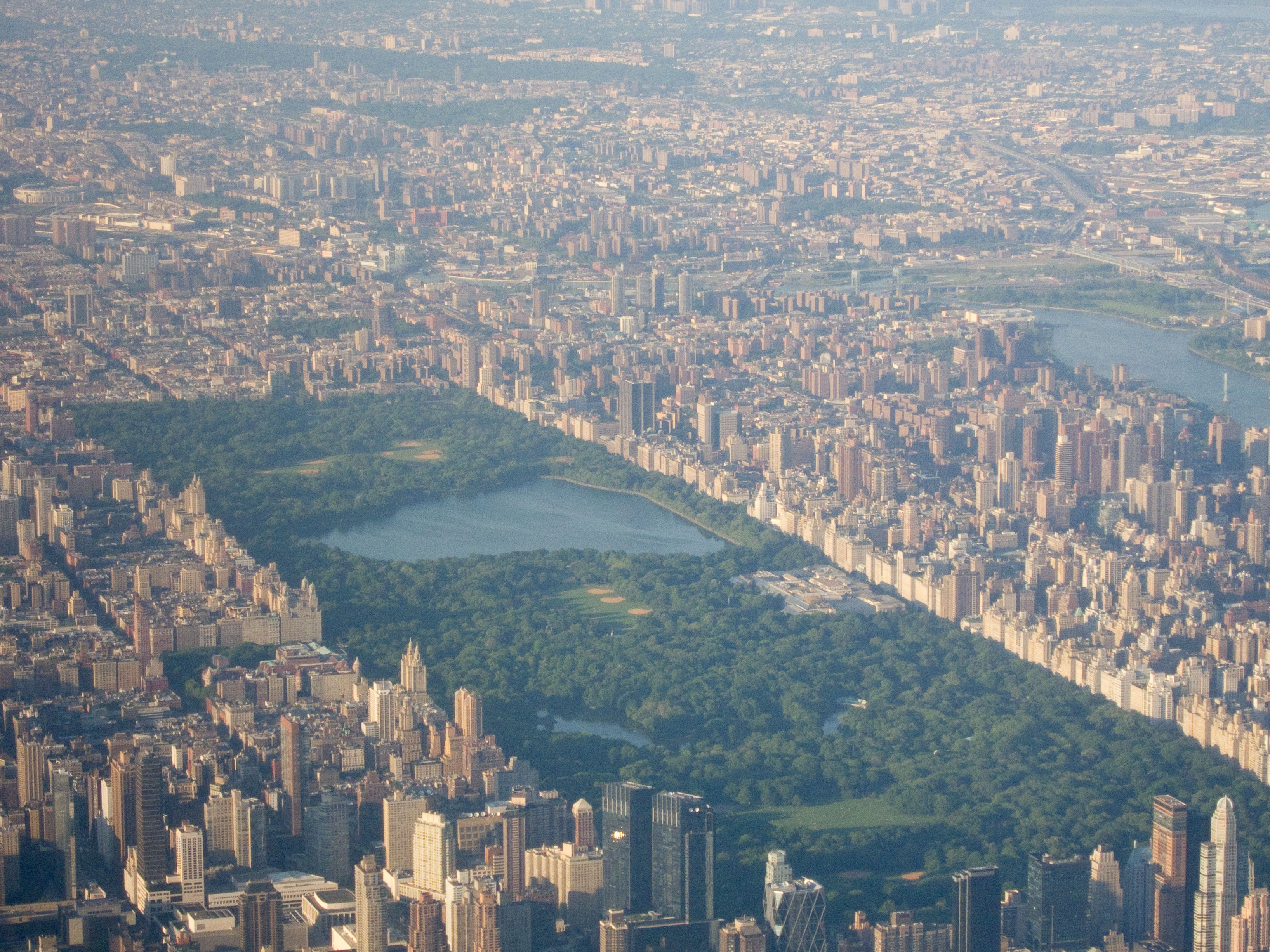population fragmentation on:
[Wikipedia]
[Google]
[Amazon]
 Population fragmentation is a form of population segregation. It is often caused by habitat fragmentation.
Population fragmentation is a form of population segregation. It is often caused by habitat fragmentation.
{{habitat-stub
 Population fragmentation is a form of population segregation. It is often caused by habitat fragmentation.
Population fragmentation is a form of population segregation. It is often caused by habitat fragmentation.
Causes of Fragmentation
Fragmentation can be the cause of natural forces or human actions, although in modern times, human activity is the most common cause. Some general causes of fragmentation are: * the development of land around a protected area, even through the addition of a single road lane or fence line, * the captivity, capture or killing of species in an area that links populations, * the movement of a population away from other individuals of that species, such as the natural introduction ofwolves and moose on Isle Royale
The single predator-single prey relationship between wolves and moose on Isle Royale in Lake Superior is unique, and has been the subject of detailed study for over 50 years. Isle Royale, the principal island of Isle Royale National Park in Mic ...
,
* geologic processes, such as landslides or volcanoes, dividing a habitat
* rising sea levels separating islands from what was once a common landmass,
* global warming, especially when coupled with mountains, reducing movement from one habitat to another.
Genetic effects
Population fragmentation causesinbreeding depression
Inbreeding depression is the reduced biological fitness which has the potential to result from inbreeding (the breeding of related individuals). Biological fitness refers to an organism's ability to survive and perpetuate its genetic material. ...
, which leads to a decrease in genetic variability in the species involved.. This decreases the fitness of the population for several reasons. First, inbreeding forces competition with relatives, which decreases the evolutionary fitness of the species. Secondly, the decrease in genetic variability causes an increased possibility a lethal homozygous recessive trait may be expressed; this decreases the average litter size reproduced, indirectly decreasing the population.. When a population is small, the influence of genetic drift increases, which leads to less and/or random fixation of alleles. In turn, this leads to increased homozygosity, negatively affecting individual fitness. The performance of plants may be compromised by less effective selection which causes an accumulation of deleterious mutations in small populations. Since individuals in small populations are more likely to be related, they are more likely to inbreed. A reduction in fitness may occur in small plant populations because of mutation accumulation, reduced genetic diversity, and increased inbreeding. Over time, the evolutionary potential and a species’s ability to adapt to a changing environment, such as climate change, is decreased.Leimu, R., Vergeer, P., Angeloni, F., & Ouborg, N. J. 2010. Habitat fragmentation, climate change, and inbreeding in plants. The Year in Ecology and Conservation Biology 1195:84-98.
See also
* Metapopulation *Wildlife corridor
A wildlife corridor, habitat corridor, or green corridor is an area of habitat connecting wildlife populations separated by human activities or structures (such as roads, development, or logging). This allows an exchange of individuals between ...
References
{{habitat-stub